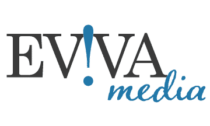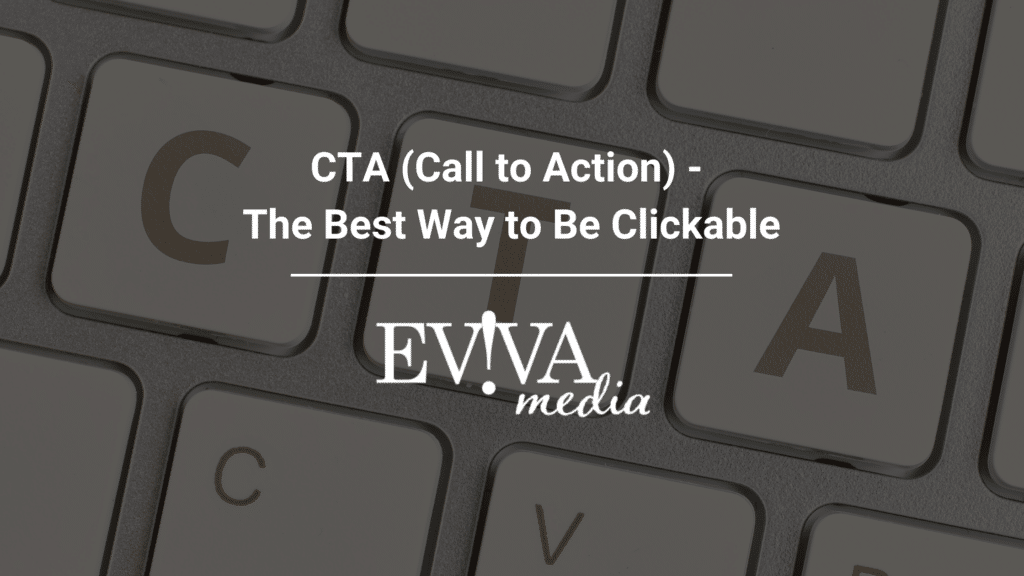Attention spans are shorter than ever these days, which makes it even more important for small businesses to grab the attention of their target audience and drive them to take action. This is where a well-crafted call to action (CTA) comes into play and can make all the difference. At its core, a CTA is simple: a phrase or button that prompts users to take a specific action. It could be anything from signing up for a mailing list to scheduling a consultation or making a purchase. Read on to discover why this is a key part of your website!
Why are CTAs Important?
Every phrase on your website counts.
Your primary goal with your website’s text is to convert visitors to your website into leads and customers. CTAs provide clear directions for users, telling them exactly what they should do and why they should do it. Strategically placed calls to action are like silent salespeople urging your audience to take the next step.
Used effectively, CTAs can significantly improve your website’s conversion rate, which is the percentage of visitors who take the desired action. Conversion rates are only one of the metrics you should be tracking to maximize the value of your web presence, but they are an essential part of the picture.
What Makes a CTA Clickable?
You can offer the absolute best products or truly top-notch professional services; if you don’t leverage your digital presence, your business simply can’t reach its full potential. To drive growth and revenue, you need to encourage every potential customer to take action. A clickable CTA can do just that!
Several factors contribute to a genuinely effective call to action. Let’s explore them.
What Makes an Effective CTA?
1. Clarity and Specificity
Your CTA should be clear, concise, and leave no room for ambiguity. Avoid using generic phrases like “click here.” Instead, use action verbs to tell visitors exactly what you want them to do. Some examples with specific actions you can use are:
- “Call Us Today”
- “Get a Quote”
- “Sign Up Now” or “Join Our Mailing List”
2. Urgency and Scarcity
People are more likely to take action when they feel a sense of urgency or scarcity. Use words like “limited time offer,” “act now,” or “only a few spots left” to create a sense of urgency.
You can also highlight the benefits of taking action by providing an incentive, including:
- “Get 20% off your first order”
- “Receive a free gift with your purchase”
- “Access exclusive content”
3. Prominence and Placement
Your CTA should stand out from the rest of the page. Use a distinctive font style, a prominent button, or contrasting colors to draw attention to your CTA. It should be easily visible regardless of the device being used, and it should be placed where it’s most likely to be seen.
A great place to place CTAs is above the fold (the area of the page immediately visible without scrolling), at the end of blog posts and articles, in sidebars and pop-ups, or within email newsletters.
4. Mobile Optimization
A substantial percentage of visitors to your site or social media profiles will be mobile users. For this reason, it’s crucial to ensure your entire site, especially your calls to action, are optimized for them. You don’t want your CTA button to disappear when scrolling or appear overlapping with other text. Pay special attention to your CTAs when reviewing your website’s mobile experience.
The Psychology Behind Clickable CTAs
Behind every compelling CTA lies an understanding of human psychology. A well-crafted CTA taps into the motivations, emotions, and decision-making processes that drive online behavior. By understanding the psychology behind clickable CTAs, businesses can effectively persuade users to take action.
One key aspect of CTA psychology is understanding user motivations. What drives people to click on a button or link? Often, it’s the desire to solve a problem, gain access to valuable information, or connect with something meaningful. You can increase your click-through rate by aligning your CTA with these underlying motivations.
Understanding the intricacies of user decision-making is also crucial for effective CTA design. People often make decisions based on heuristics, mental shortcuts that help them quickly process information. By leveraging these heuristics, businesses can create CTAs that are easy to understand and act upon.
If you’re ready to optimize your marketing strategy for more traffic, better conversion rates, and increased sales, investing in experts like our team at Eviva Media—folks who understand this delicate balance—can be your best choice. Elevate your clickability today; our team can’t wait to help!




